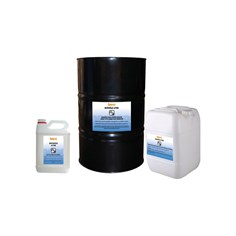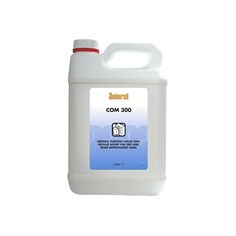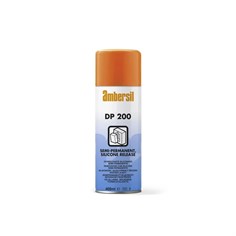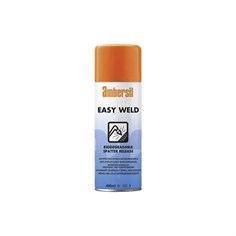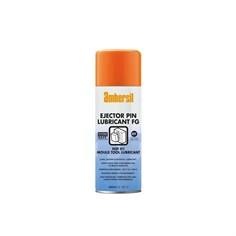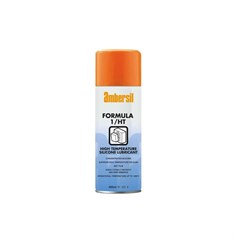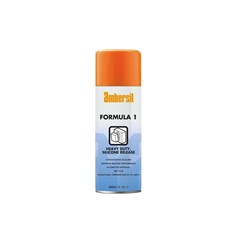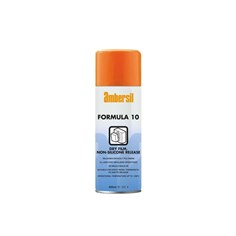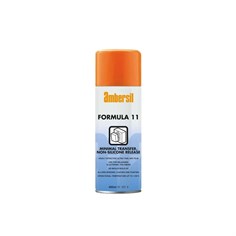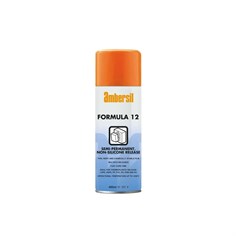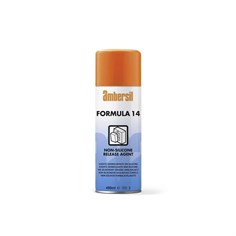- Home
- Lubricants
- Release Agents
Release Agents
Release agents are chemicals used to prevent a substrate from bonding to a moulding surface. Their action facilitates the detachment of the cured part from the mould. They are used in many industries to increase the efficiency of production processes. Without release agents, most materials would stick to the mould during casting. This would make frequent cleaning necessary.
Release agents are applied before the casting process begins. They work by creating a barrier between the substrate and the surface of the mould. The barrier eliminates adhesion between the two materials.
Conro offers a wide choice of release agents from major manufacturers such as Ambersil and Loctite.
Conro is an authorized distributor for Ambersil.
Types of release agents
There are several different types of release agents, based on their degrees of permanence. Selecting the right one depends on manufacturing requirements and materials used.
- Sacrificial release agents. Single use. They need to be applied to the mould before each release cycle. Therefore, they are not as efficient as more permanent agents. However, they offer the advantage of being applicable to different substrates. This provides increased flexibility for applications that use a number of dissimilar substrates or composite materials.
- Semi-permanent release agents. They remain on the mould surface for multiple release cycles. They don’t need to be re-applied every time. Semi-permanent release agents can also increase cosmetic finish on composite parts. Also known as “multi-release agents”.
- Permanent release agents. They create a durable coating on the mould surface. Also known as “release coatings”.
Formulas specific for metal, plastics, epoxy composites and rubber are available.
Release agents can be water or solvent-based. Water-based agents tend to dry slower than solvent-based ones. They also present fewer health and safety concerns. Solvent-based agents dry instantly, but are hazardous and flammable.




